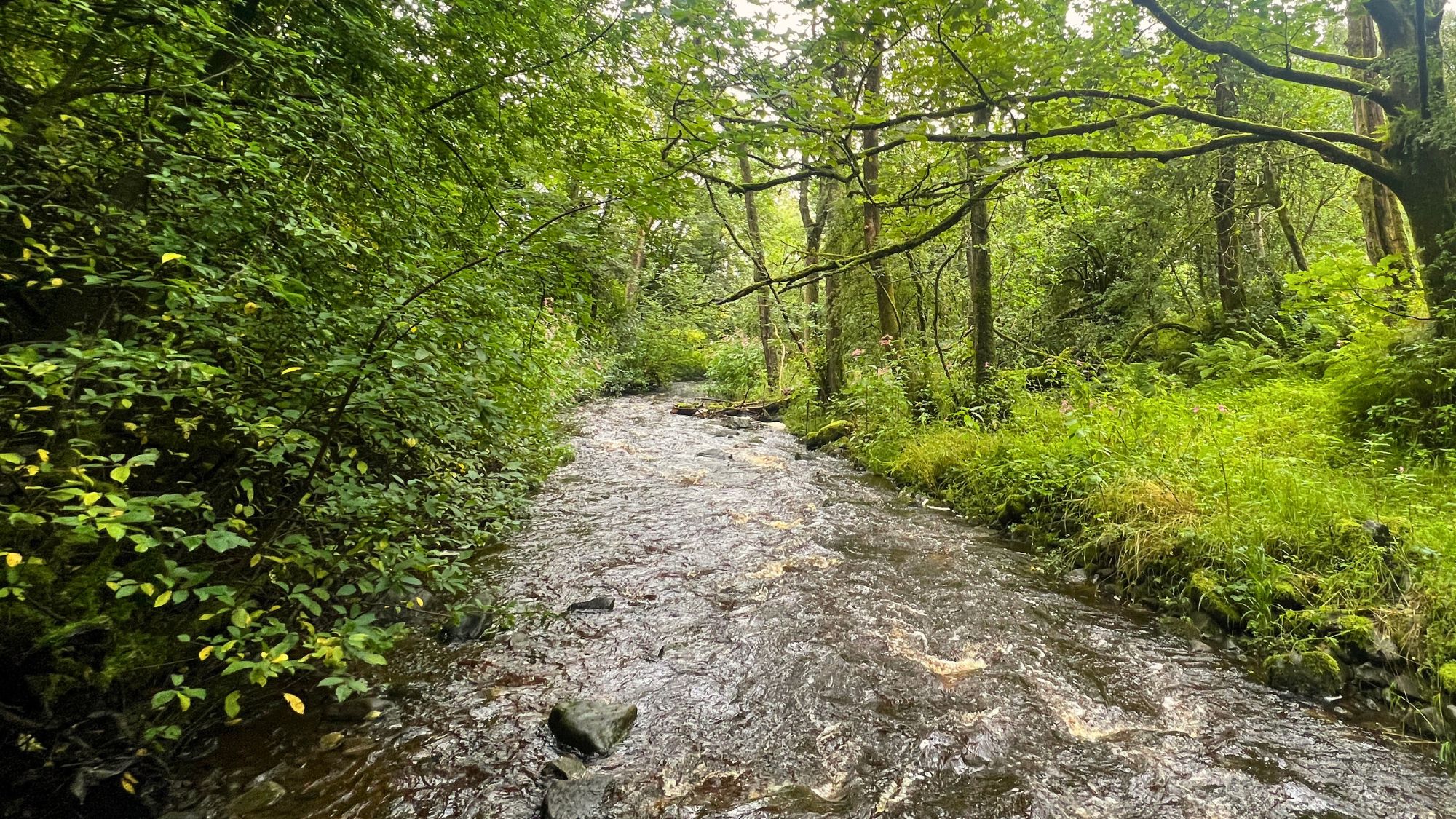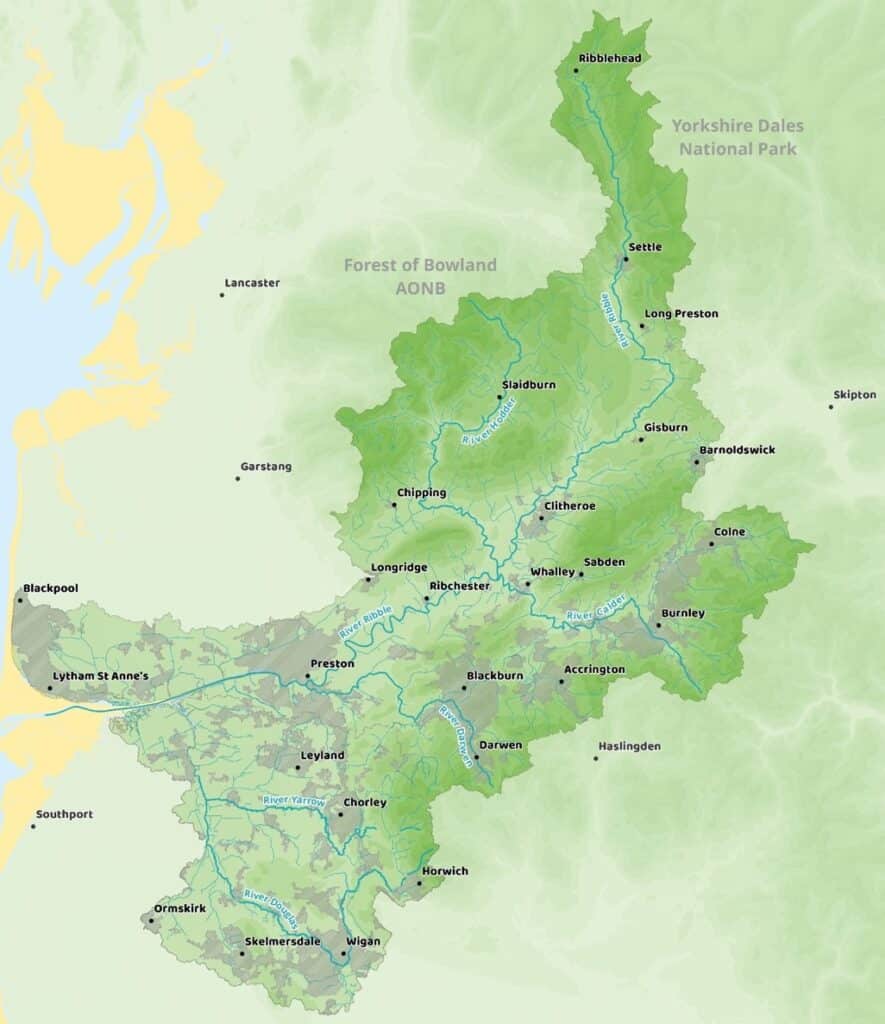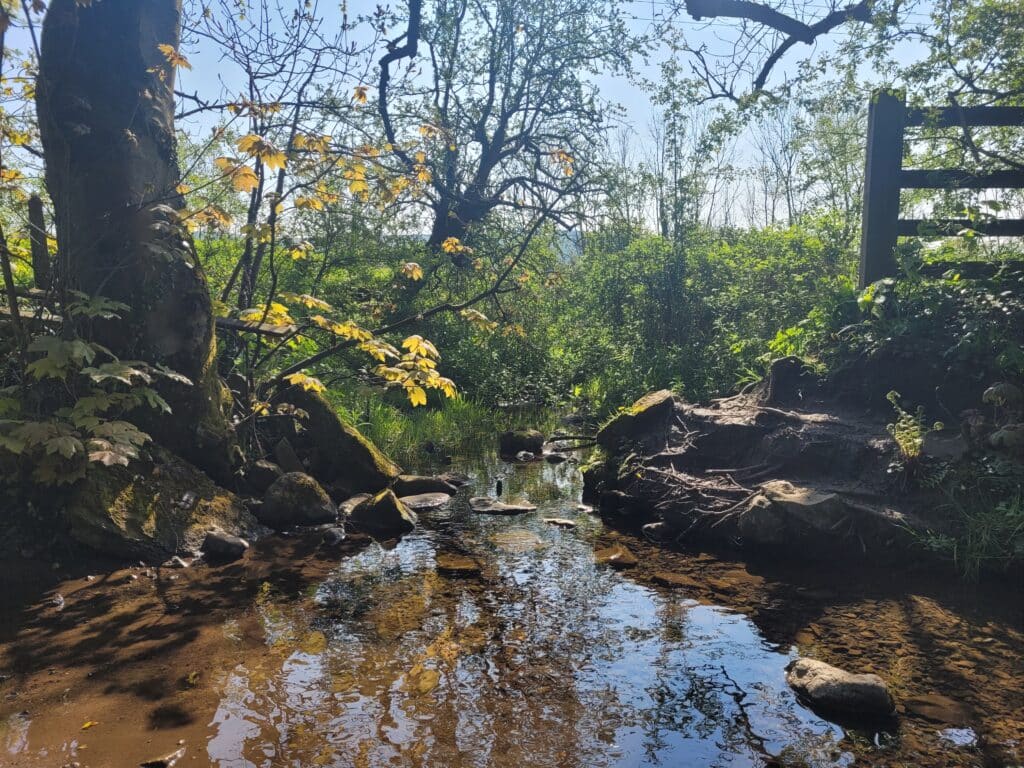
River Catchments: How They Work and Why They Matter
Ribble Rivers Trust is on a mission to protect and restore the wonderful waterways that wind their way through our landscapes. But what exactly are iver catchments, and why are they important?
If you’ve ever heard us referring to the Ribble catchment or a catchment-based approach and found yourself a little confused, you’re in the right place.
What are River Catchments?

A river catchment, sometimes known as a watershed, is a natural drainage basin. This basin that collects water from various sources and channels them into a low point. So, every drop of water that falls within the catchment will gather into these smaller watercourses, which then channel the water downhill, eventually merging into the main river, then the sea.
In the Ribble catchment, this means that snow on the top of Pendle Hill, water from the bogs at Ribblehead, or a raindrop falling in Blackburn town centre, will all eventually join a river, which joins another river, which may join even more rivers, before entering the sea near Lytham St Annes.
However, river catchments are like ecosystems in themselves, supporting a diverse range of wildlife and plant species. Everything here is intertwined and reliant on each other. Whether that’s urban areas depending on rivers for natural flood management, agricultural land relying on water for crop production, or animals relying on the vast food chains that our rivers support. This works both ways too. For our rivers to be healthy, all the interlinked habitats need to be healthy as well.
Why does a Catchment-Based Approach Matter?
There are several reasons why we, and our partners, use a catchment based approach to river restoration for our projects. By focusing on the catchment as a whole, we can implement comprehensive restoration strategies that benefit not only the main river but also its tributaries and the surrounding landscapes. This approach ensures that our efforts have a lasting impact on the entire ecosystem.
Managing a catchment also allows us to monitor and improve water quality. By addressing pollution sources and promoting sustainable land use practices within the catchment, we can safeguard clean water for both wildlife and people.
Additionally, catchment-based restoration initiatives provide opportunities to enhance habitats for a variety of species. Whether it’s planting trees along riverbanks, creating wetlands, or improving fish passage, these actions help support biodiversity.
Finally, the catchment-based approach encourages community involvement. Local residents, schools, and businesses can all play a part in protecting and restoring their catchment. Fostering a sense of ownership and responsibility for the environment.

So, river catchments are more than just geographical jargon. They’re dynamic and interconnected systems that sustains life and influences the health of our rivers!

